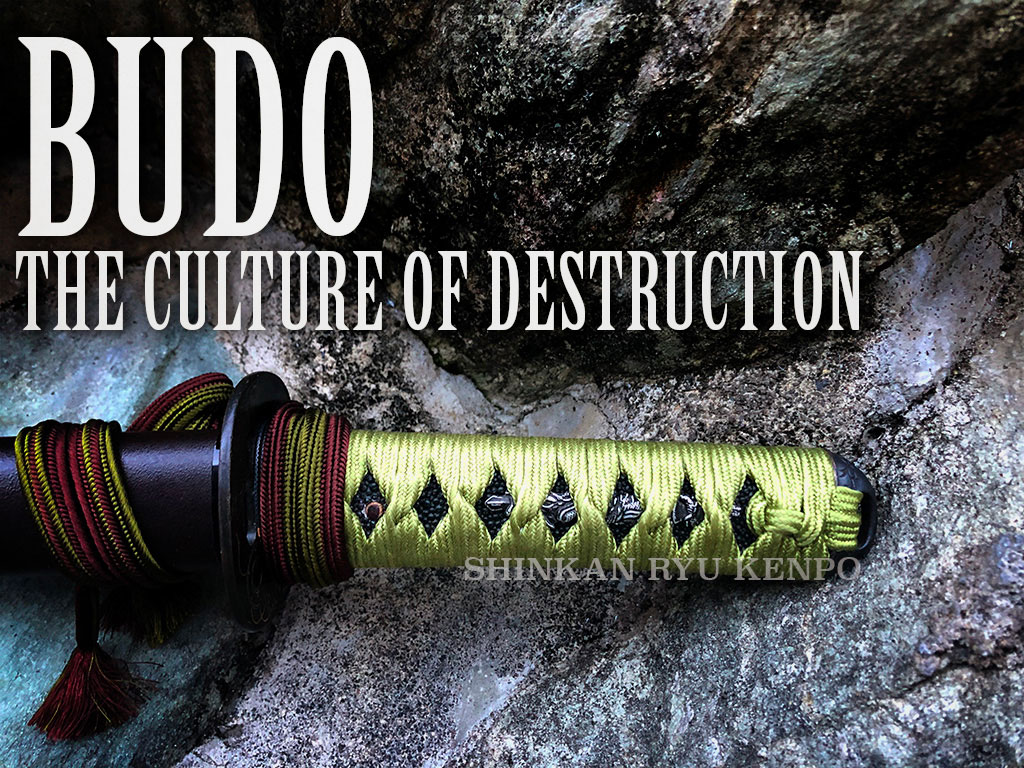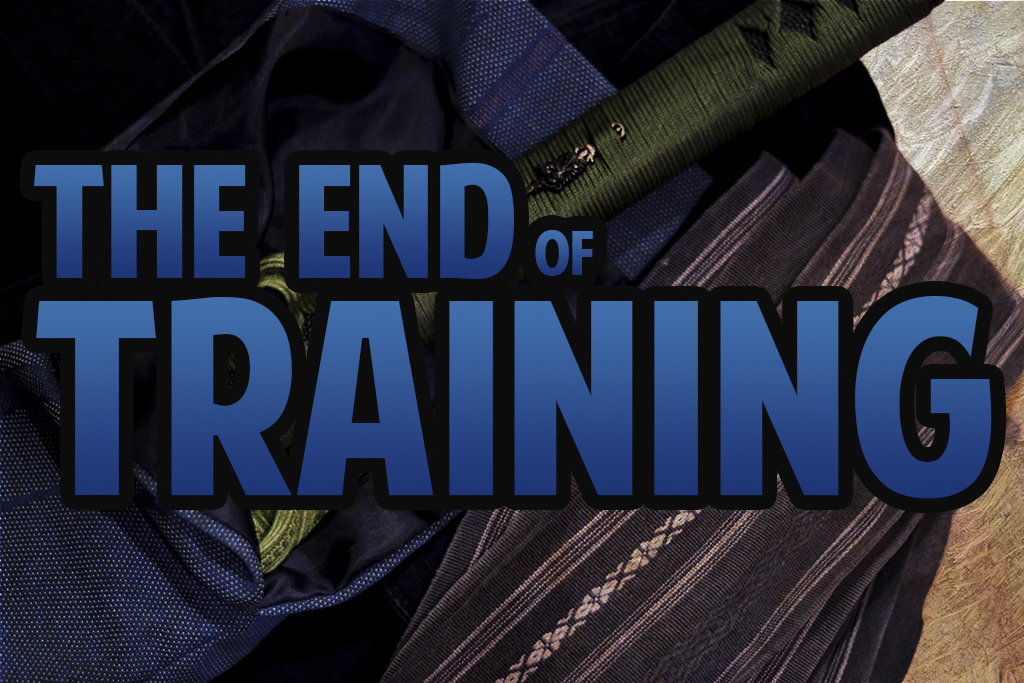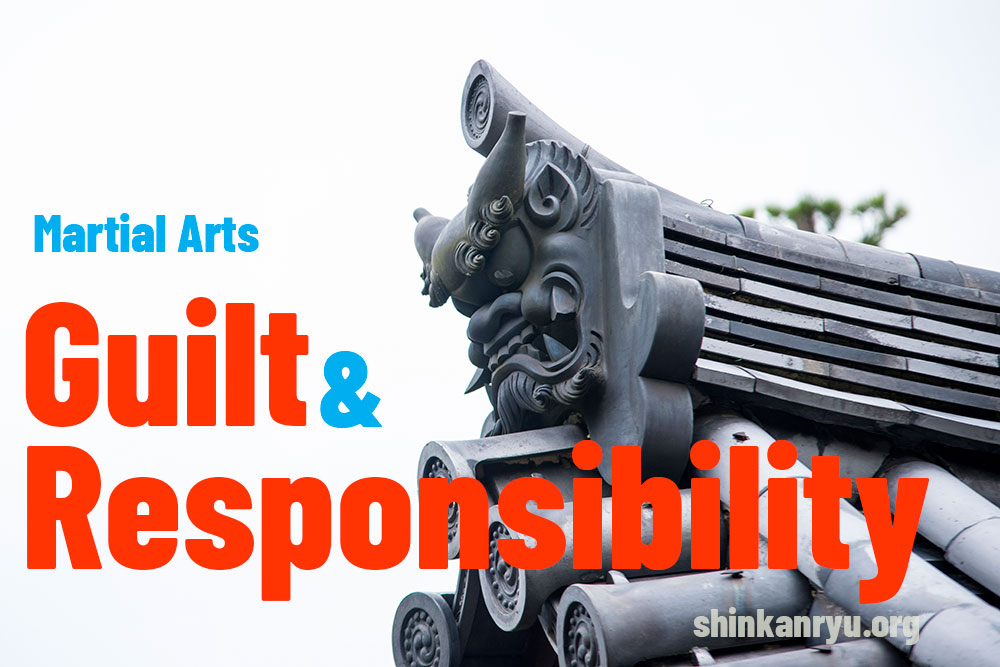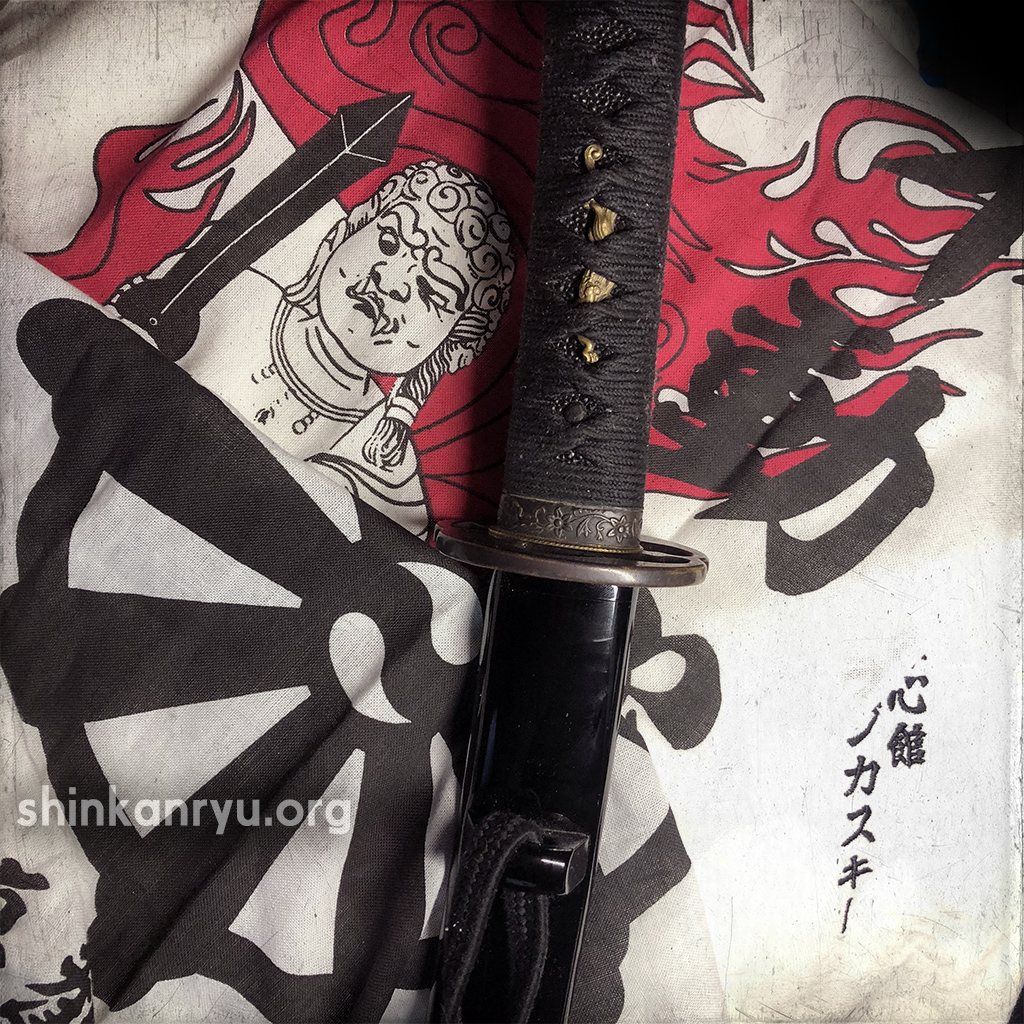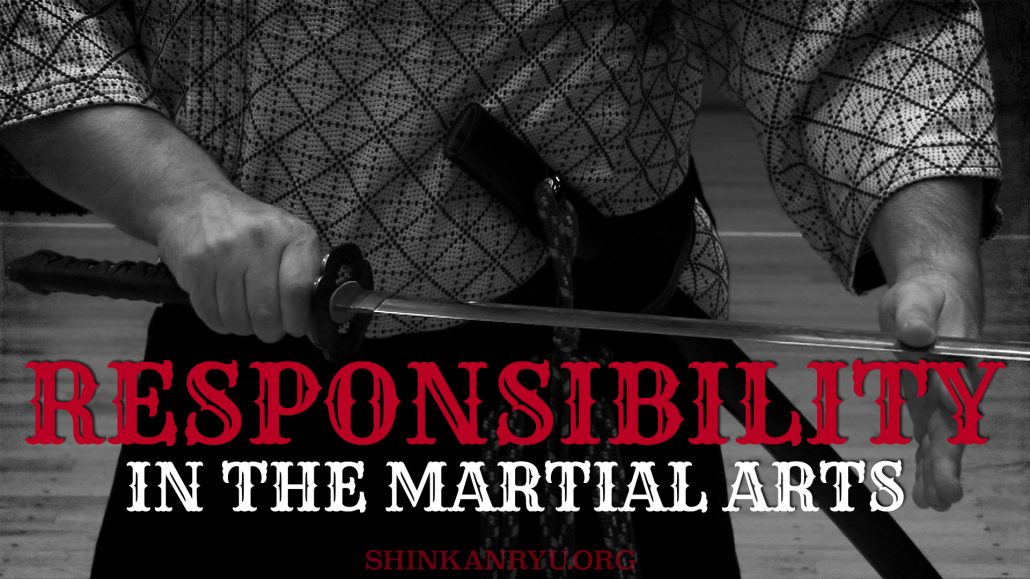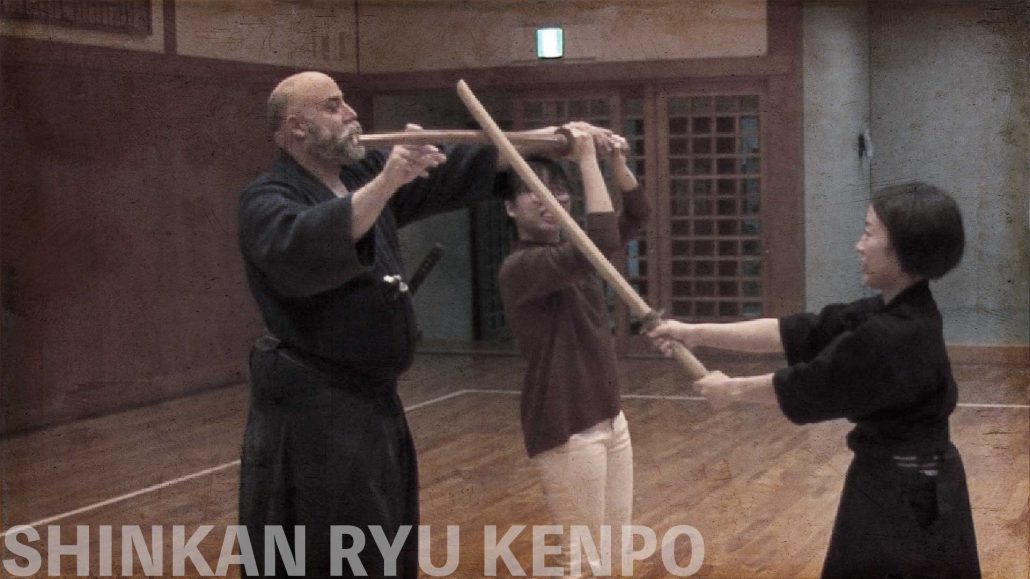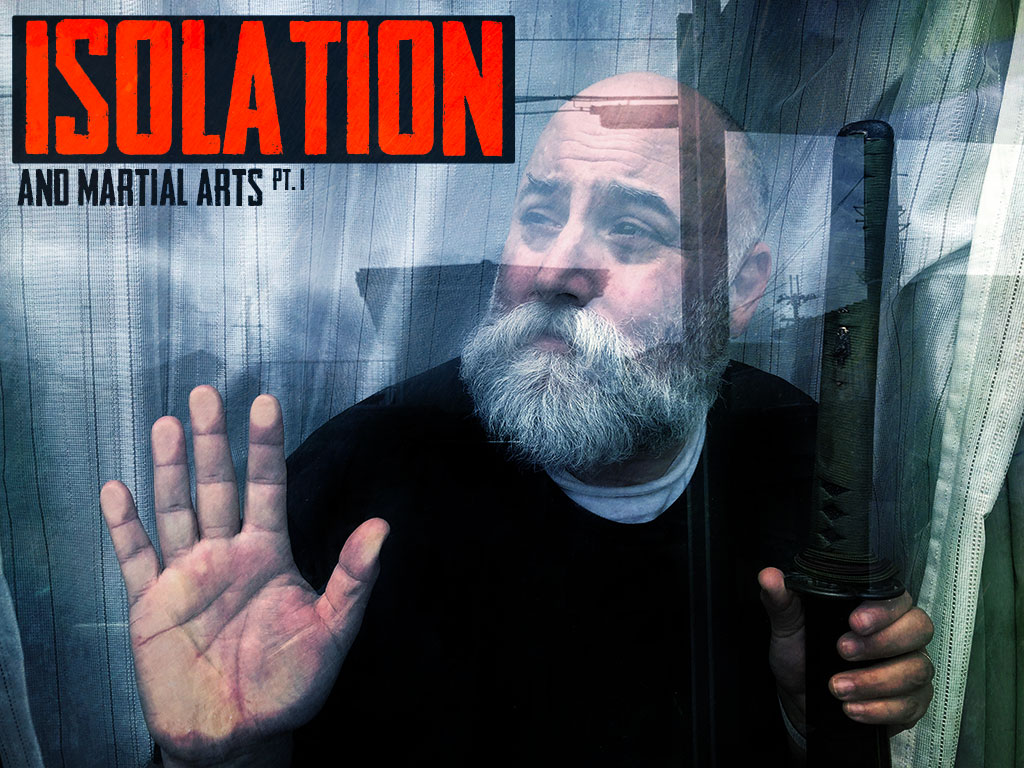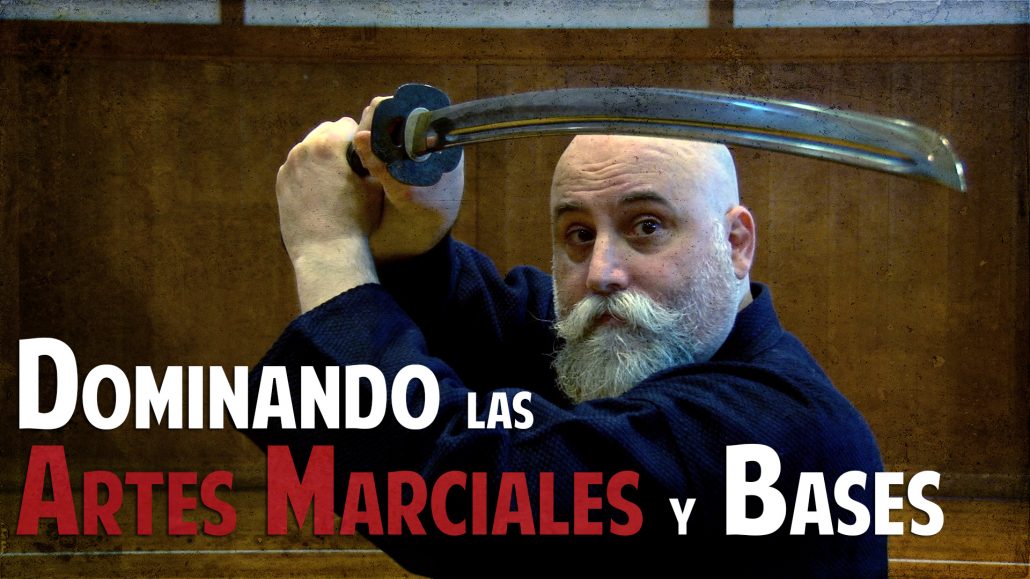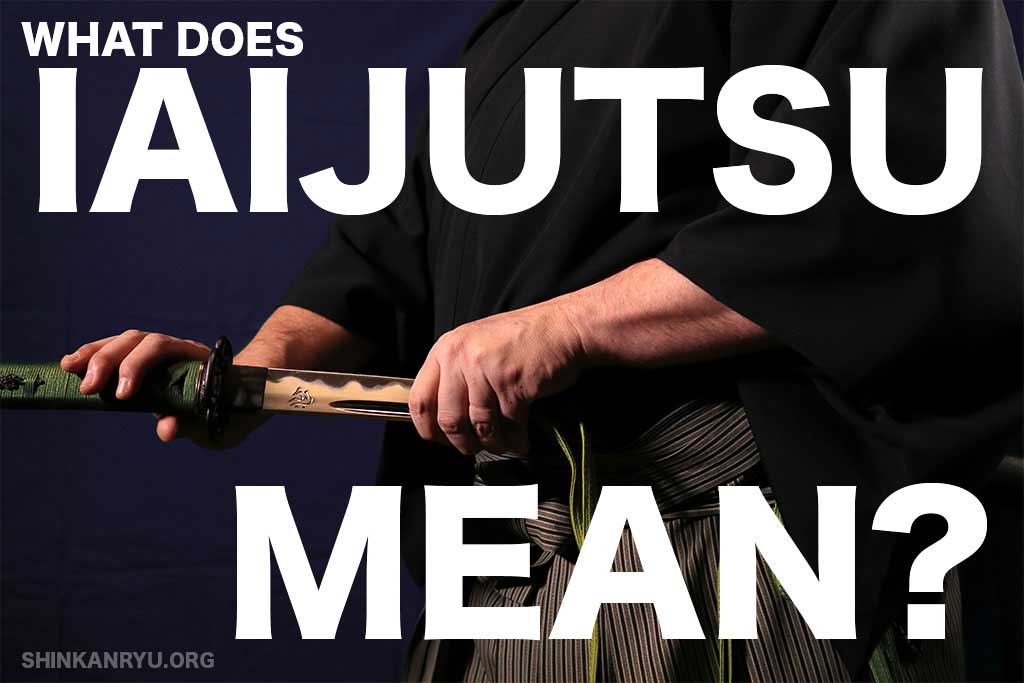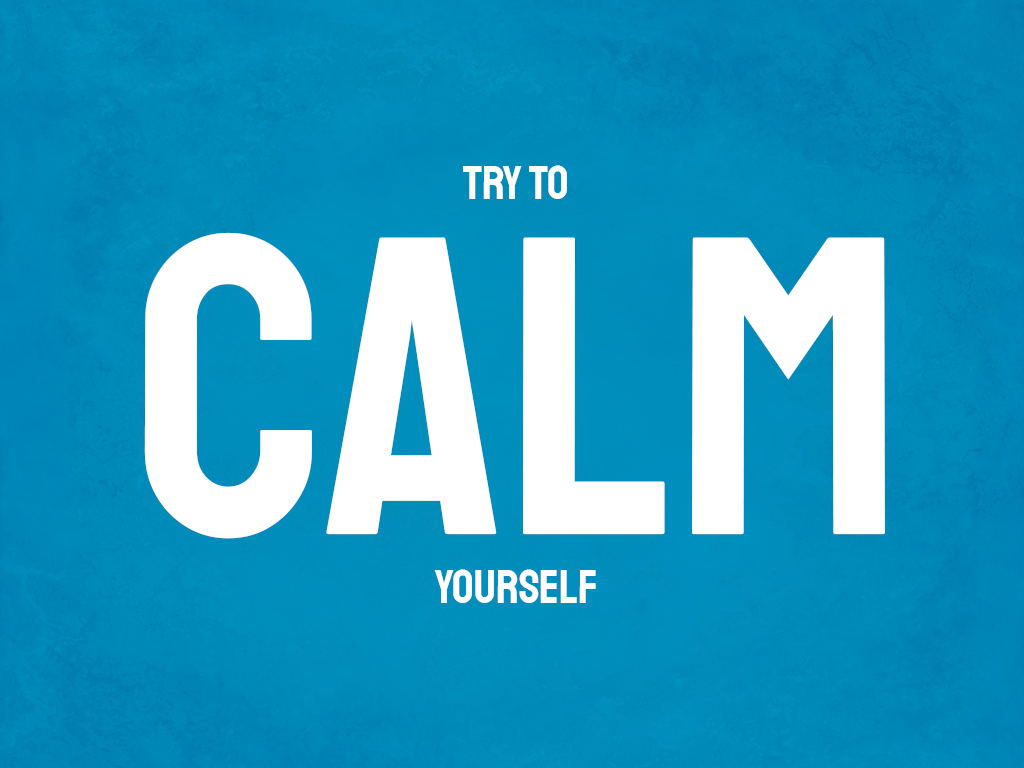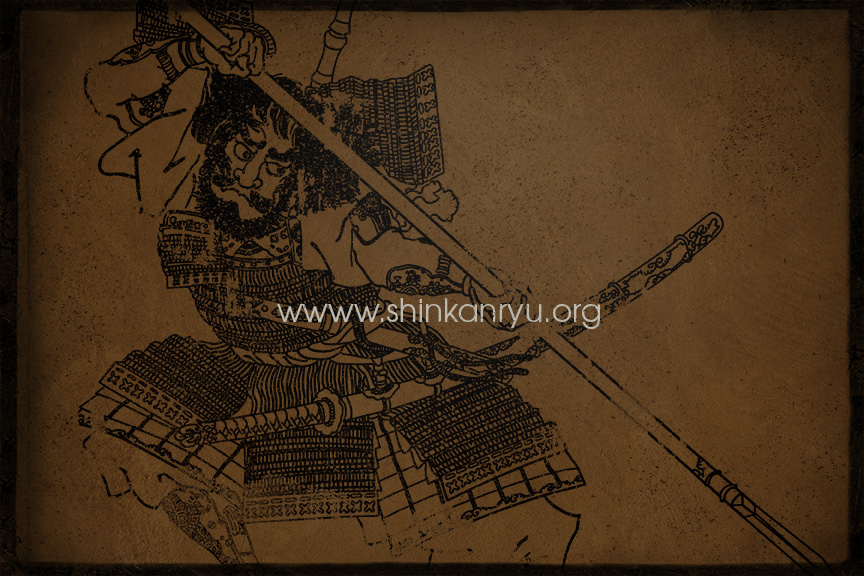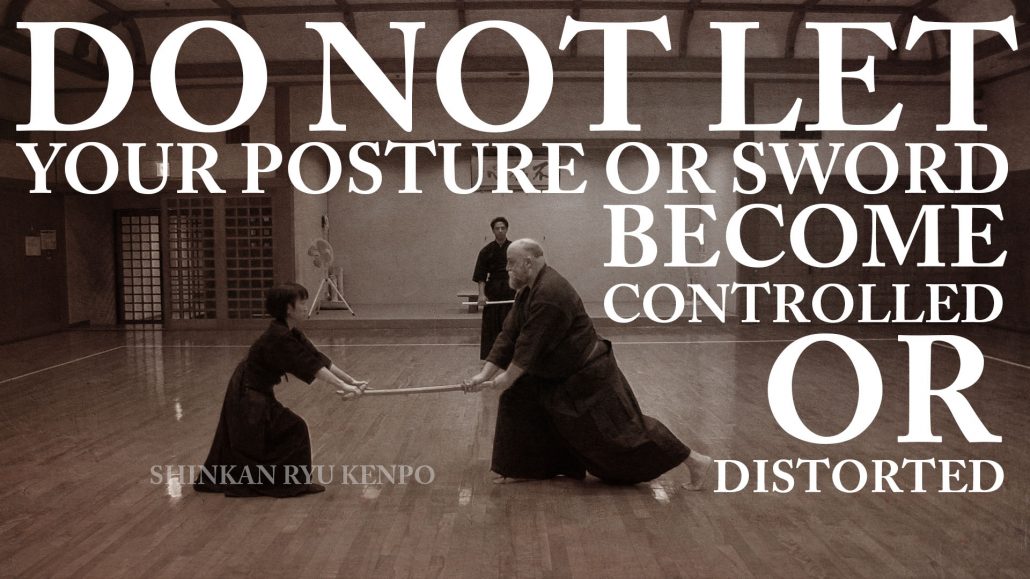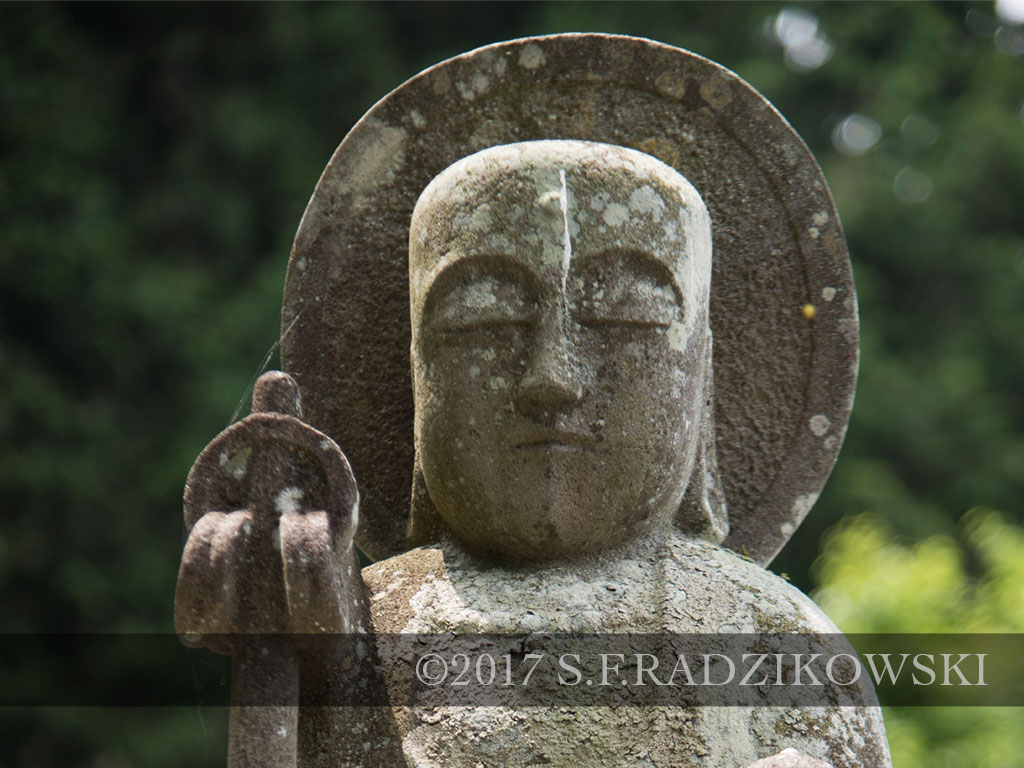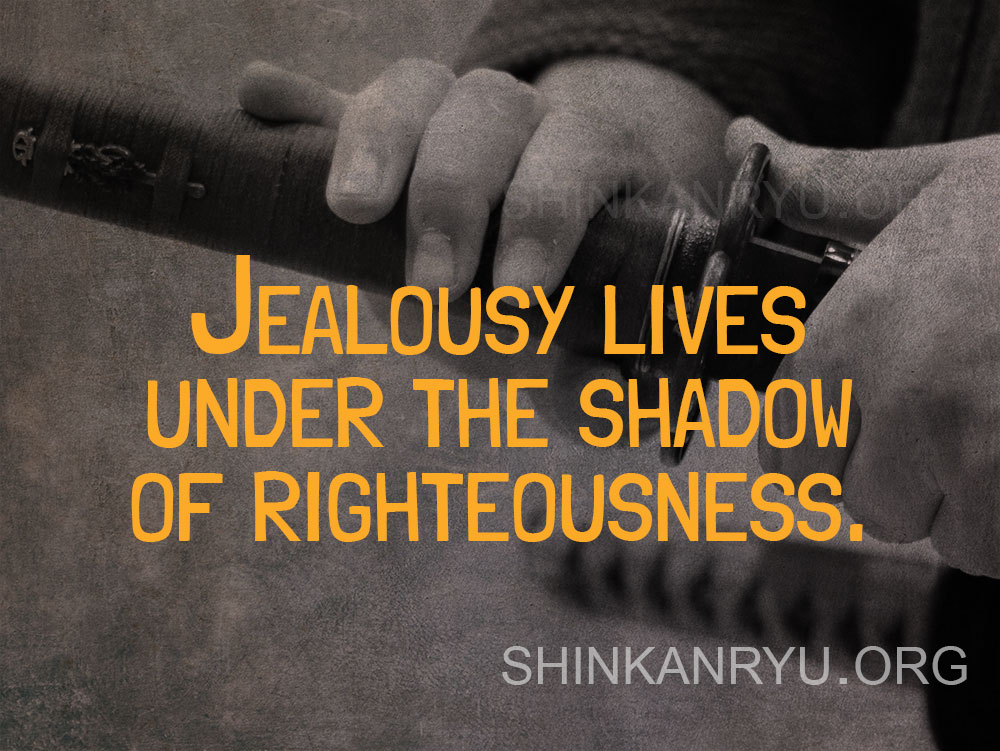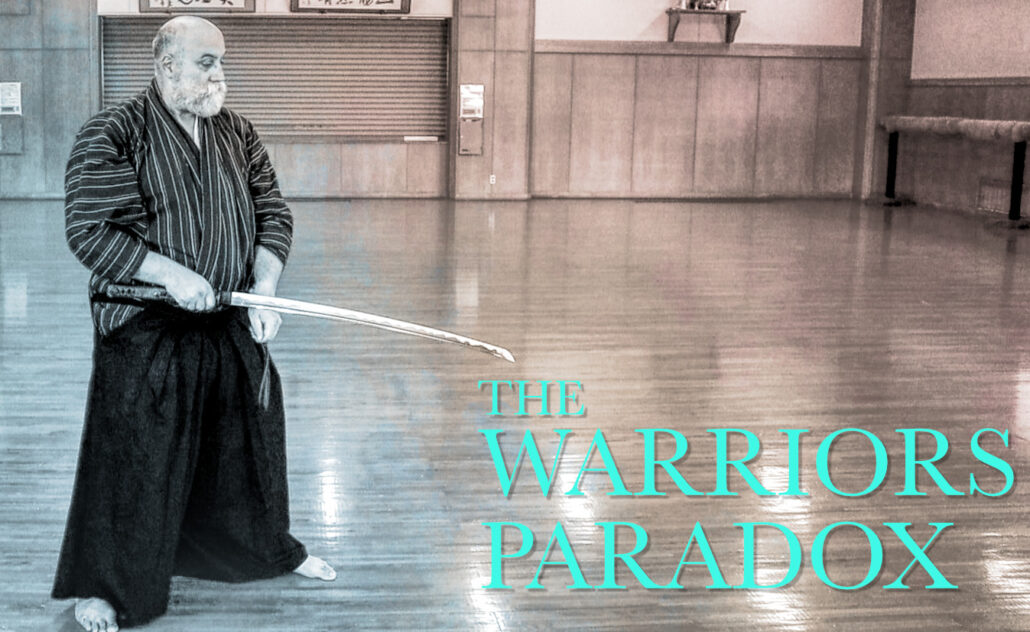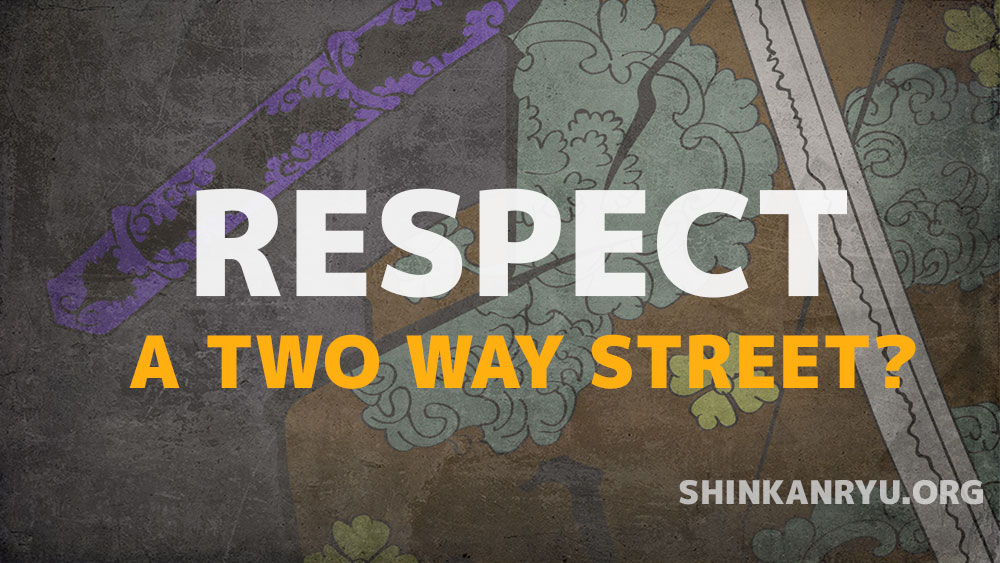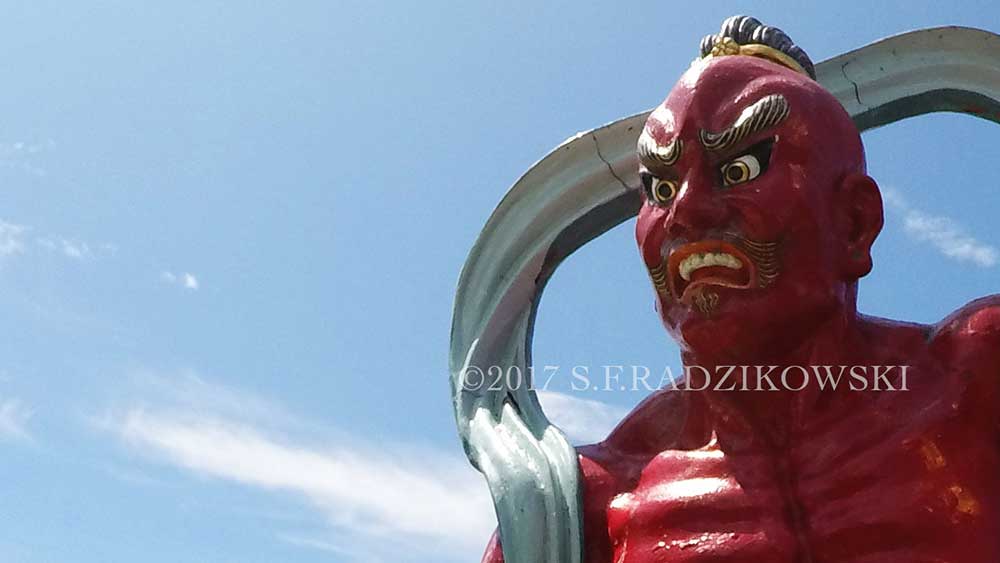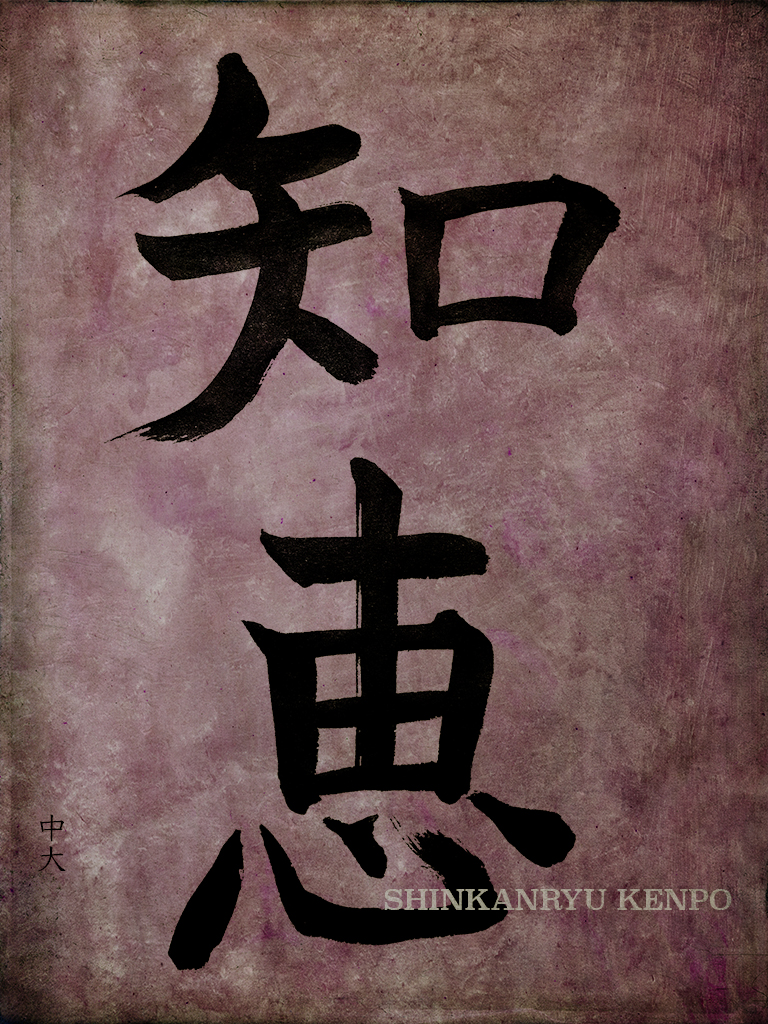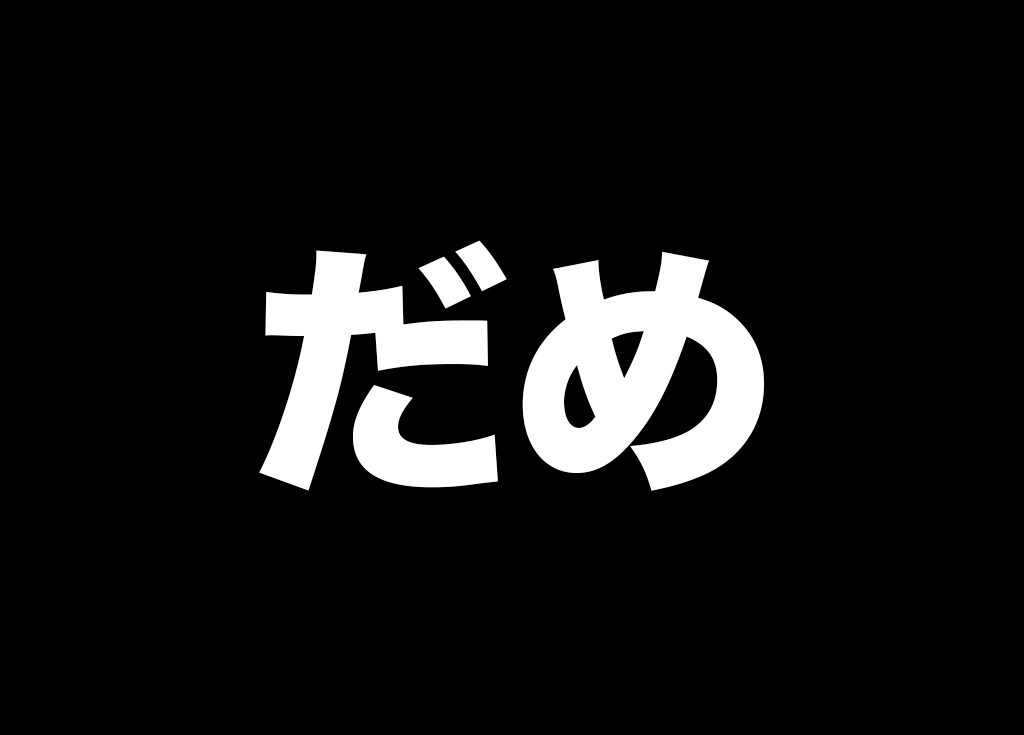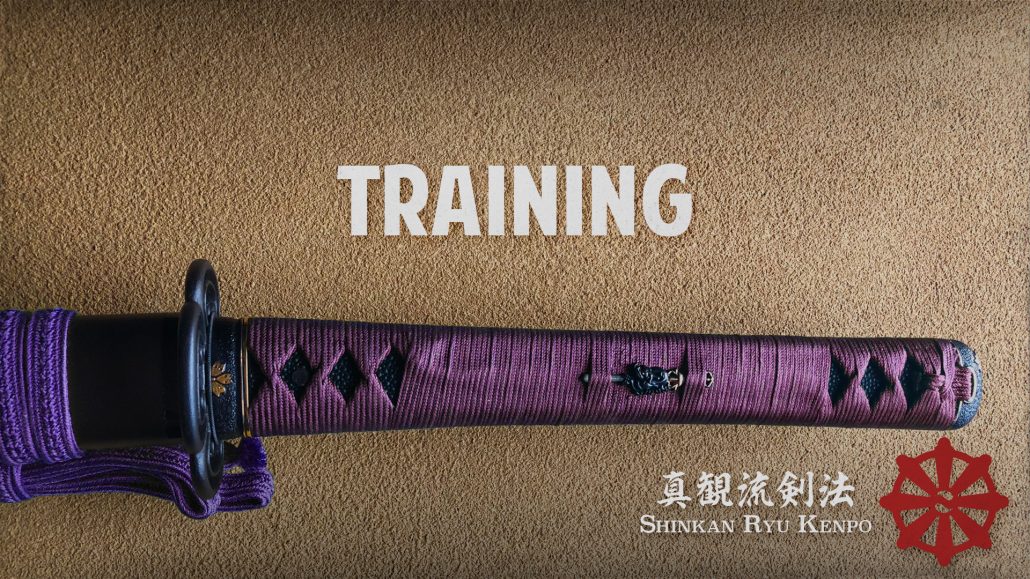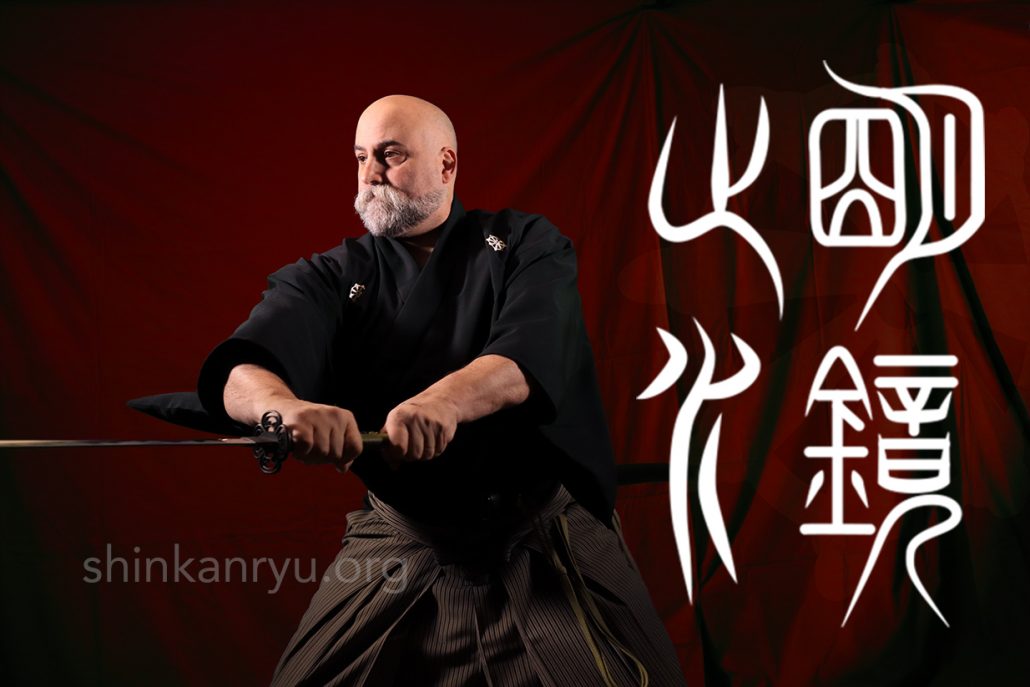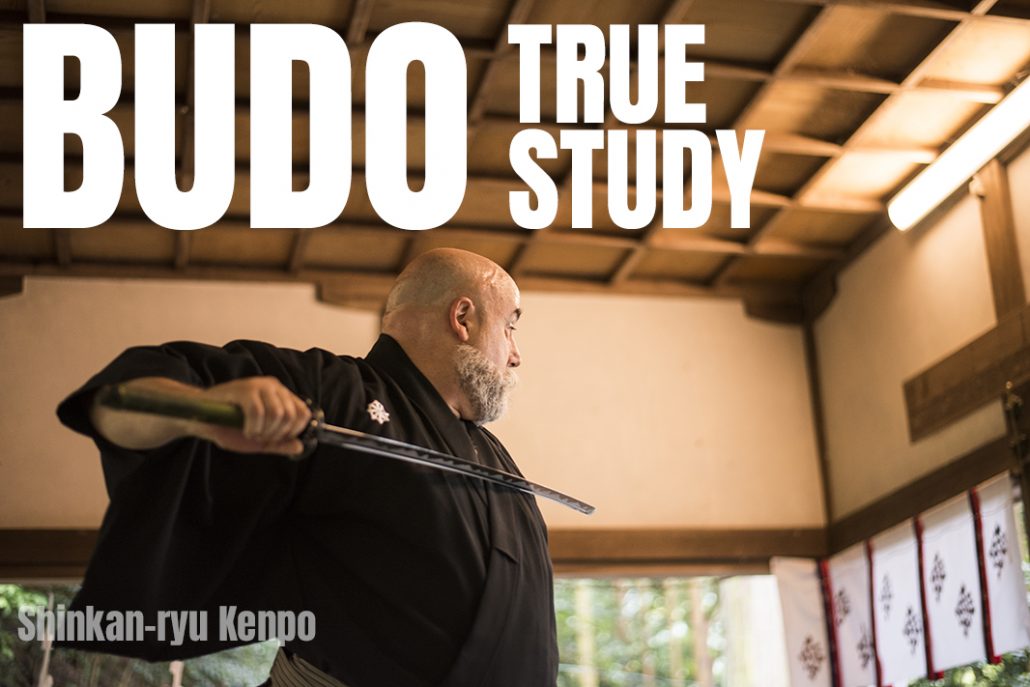The desire to destroy is within us all. We must overcome this urge to tear others down or damage someone's happiness. Whether it's intentional or negligence. As bugeisha (martial artist), it is crucial to suppress the urge to destroy. There is an undeniable pleasure in setting forth events of entropy that result in loss. The very waza we study are acts of destruction. We are hoping to inject entropy into the very will, movement and physicality of our opponent. Many of the actions within our waza, when applied to the opponent, are the correct course of action. Upsetting his focus, intention, will, and defusing his sword attack before it reaches us. Upsetting their balance. That is destroying correctly.
It is akin to fire. Though it can keep ourselves and those we care about warm, and safe, and be used for cooking food. Fire can also be used maliciously. If even not intent on harm, the careless use of it has serious consequences — the strength and power we acquire as martial artists need to be governed. Our physical actions, our mental actions, and our verbal actions shouldn't be used for wanton destruction.
I have witnessed it many times over from the low ranking to the high ranking. The need to destroy and cause problems is too hard to resist. Studying martial arts creates this sense of power. People begin walking around with dynamite in their pockets. It is undoubtedly not the study of martial arts intrinsically that does this. The budding martial artist usually has a psychological problem before training. It's the training and their teacher that ultimately exacerbates the already present issue. It is the immaturity of many so-called martial artists that want to destroy things. If you're going to wear the label of a martial artist, or you want to teach people, then you might want to consider how your actions play out in the world. You can't claim to be a high-level practitioner or anything if you're slinging insults and acting like a nincompoop.
Budō = Self-reflection
I am always thinking about how my actions are interpreted and how they have caused problems. I labor to understand myself better and not to repeat the same mistakes again and again. When I find that my carelessness has caused some destruction, I apologize and begin the hard work of changing myself for the better.
Our waza requires us to understand destruction, entropy, and the origins of the desire to cause injury to someone. Shouldn't we look at our behavior? From the simple act of commenting on Youtube or Facebook to the more egregious acts of committing physical violence to another person. We must be vigilant against veering unto the wrong path and if we are teachers, leading others to go down the same road.
Resist the urge to destroy. Keep the destruction in the waza.
What wholesome thing have you created today?
©2019 S.F.Radzikowski

ラジカスキー真照
館長Saneteru Radzikowski is the head sword instructor of Shinkan-ryū Kenpō. He lives and teaches Iaijutsu and Kenjutsu from Nara, Japan.
The End of Training & Boredom In Martial Arts
Budō Is Limitless When does training end? When do we become a master? The short...
Guilt and Responsibility
I heard a student say, “If I don’t do any kind of training every day,...
Be Thankful.Be Earnest In Bujutsu & Life
Be thankful for your mistakes, failures, and blunders. They are your own teacher reminding you...
Martial Arts Responsibility
As a martial arts instructor, or school, or especially if you’re representing an authentic Japanese...
How to learn kenjutsu?
How to learn kenjutsu? Learning anything as profound as a martial art needs a teacher....
Fear Isolation Martial Arts
Budo does not begin and end when you pass through the dojo, or step on...
Dominando las Artes Marciales y las Bases
Hablaré acerca de bases y dominio. Antes de comenzar, quiero decir que usaré la palabra...
What Does Iaido & Iaijutsu Mean?
Iaijutsu and iaido are components of kenjutsu 剣術, the arts of the sword. Iaijutsu, iaido...
You With Sword In Hand, Calm Yourself
The mental issues involved with subscribing to someone you dislike, hate, have anger towards, desire...
Waza: Quality or Quantity?
Waza Waza Everywhere In our respective martial arts systems, we learn many waza 技 (techniques)....
Sword Control
We should not let our mind or body or sword become contorted or controlled by...
Is Compassion Important In Martial Arts?
What is compassion? Compassion is a concern for the suffering or problems of others. The...
Jealous Martial Artists
Martial artists should be aware of what can live in the shadow of righteousness; jealousy...
The Warrior Paradox
The True Spirit of Martial Arts: Beyond the Skilled Sword In the world of Japanese...
Respect is a two way street in martial arts
Respect is a two-way street, however, how many people are driving recklessly? “If you want...
Too Many Martial Arts
The koryū of Japan are not self-defense arts. Although they can be authentic and certainly...
Wisdom Martial Arts Keiko & Buddhism
For those that lack wisdom the way is difficult. It is best to consider the...
Budo Don’t
Don’t be in love with your weapon. Don’t be in love with your uniform. Don’t...
How To Avoid Training Pitfalls In Martial Arts
Beware The Rabbit Holes. I want to talk about some pitfalls of martial arts training....
When Protectors Become Perpetrators: Martial Arts Community Failures
Recently, a martial arts instructor (Budo Teacher) faced defamatory accusations in a public forum. A...
正月 Bujutsu New Years 2019
To all of you that have supported and also those that have caused trouble to...
True Budo Proper Conduct
True budo, real budo, is about being your authentic and true self. Those of us...


